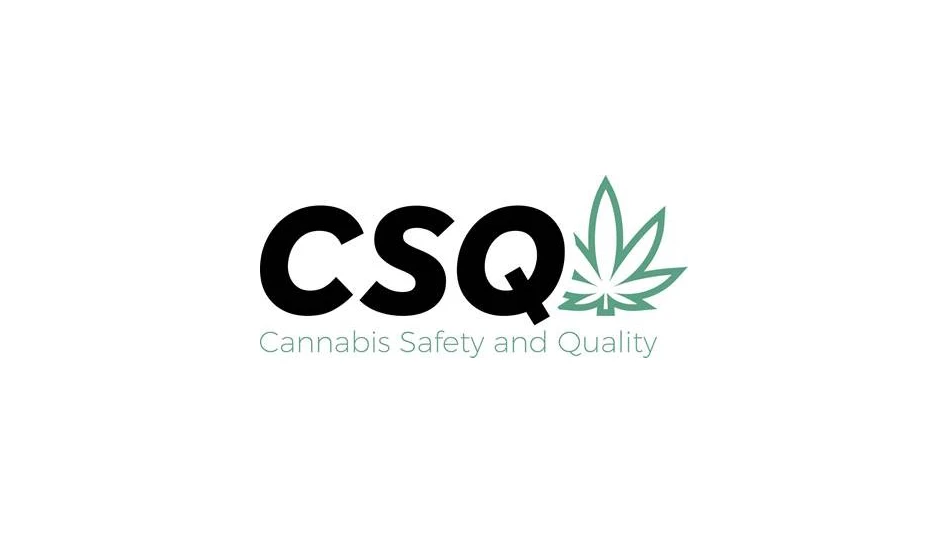
1. Where does pest control fit in a food safety program?
Pest control is one of the foundational prerequisite programs on which the HACCP system is built. As a prerequisite, pest control helps provide the basic environmental and operating conditions necessary for the safe production of foods. While pest control is not required in the HACCP flow diagram, many of the basic principles apply — hazard analysis, monitoring and verification/validation.
2. What are the top 10 pest control best practices to consider?
Pests in food retail, processing and distribution facilities are not just nuisances; they can lead to significant product loss, regulatory action and a public relations nightmare. Take these 10 steps to prevent problems from occurring: implement an integrated pest management (IPM) program; inspect incoming materials; eliminate food and water sources; store items in insect-proof containers; keep food storage areas clean; prevent harborage and reinforce a clear, external perimeter; prevent access through windows, drains, vents, screens, doors, piping, etc.; monitor, detect, report and document pests; take appropriate action as required by SOPs and legislation; and hire pest control experts who know what targeted remediation protocols to use.
3. What are common pests in commercial food processing accounts?
First are internal feeders. Larvae develop inside whole-grain kernels. Pests include rice weevils, granary weevils, lesser grain borers and angumois grain moths.
Second are external feeders. Larvae and adults feed on grain germ from outside the kernel. Pests include drugstore beetles, cigarette beetles, warehouse beetles and Indian meal moths.
Third are scavengers. These can infest grains only after they are infested by other insects. Pests include red flour beetles, confused flour beetles, saw-toothed grain beetles and Mediterranean flour moths.
Stored product pests can quickly destroy large amounts of product, leading to reorder and downtime costs. That’s why it’s important to understand their habits and feeding strategies.
4. When is it appropriate to fog?
Fogging is the release of small droplets (microns) of liquid insecticides into the air by mechanical means. Droplets must stay suspended long enough to penetrate harborage areas and contact pests. While fogging and chemical use should be the last line of defense when treating stored product pests, they are nevertheless important in an overall IPM approach. Use this approach when good coverage and penetration is essential to treat obstructed spaces that harbor pests, quickly eliminate existing insect populations and control pests when conventional treatments fail or are not feasible.
5. Are pesticides safe to use around food?
You should always read the label of the products you are using to determine best practices for minimizing risk. Under the Food Quality Protection Act, however, the EPA ensures that all pesticides used on food in the United States meet stringent safety standards. The Organic Materials Review Institute is an international nonprofit organization that determines what inputs are allowed for use in organic production and processing. Several MGK products, such as fogging concentrates, cockroach baits, IGRs and flower-based insecticides, are identified for use in food-handling facilities.

Explore the September October 2022 Issue
Check out more from this issue and find your next story to read.
Latest from Quality Assurance & Food Safety
- IDFA Commits to Eliminating Certified Artificial Colors in School Dairy Foods
- ACC Central Kitchen Recalls Pork Buns Due to Undeclared Allergen
- Kim Heiman Elected to Second Term as President of Wisconsin Cheese Makers Association
- FAO Launches $150 Million Plan to Restore Ukrainian Agricultural Production
- Pet Food Company Implements Weavix Radio System for Manufacturing Communication
- Penn State Offers Short Course on Food Safety and Sanitation for Manufacturers
- USDA Announces New Presidential Appointments
- FDA to Phase Out Petroleum-Based Synthetic Dyes in Food





